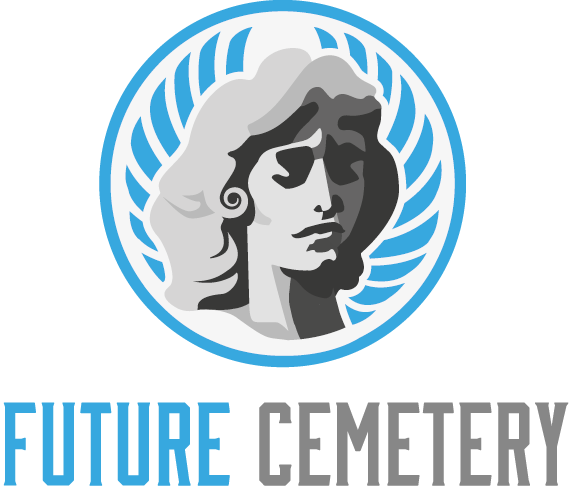Modern cemetery design is more than a place to lay a grave. It’s a vibrant celebration of family, history and individuality integrated within a shared community.
Cemetery design must consider the unique needs of each area. Using detailed maps helps streamline operations from sales to maintenance by eliminating errors, such as overlapping or selling plots that aren’t available.
Site Analysis
A cemetery master plan begins with an effective site analysis. This on-site exploration will include a topographic survey, a climate assessment, existing vegetation, and other environmental information.
These data points will help architects understand the site’s unique characteristics and how it can be best utilised. The results of this process will ultimately result in designs that are responsive to a location’s distinct features, while also supporting a rich occupant experience.
For example, the layout design should take into consideration landscaping for easier mowing lines, reduced maintenance, increased aesthetics and better drainage. Moreover, the site analysis should address any environmental restrictions like heritage listings and tree preservation.
Site Planning
The site planning phase of cemetery design is important. It starts with a thorough analysis of sales trends and cemetery needs, as well as the existing site.
This allows for a more efficient cemetery layout with a stronger visual presence and better visitor experience. Scenic vistas are created, with visual terminuses such as a mausoleum and funeral chapel at each end and a pavilion in between.
Well-planned landscaping is also important. This reduces mowing costs and maintenance, improves aesthetics and increases wildlife. Plantings that are well suited to the local climate, soil conditions and flow are selected.
Site Design
WC Fry Design ensures that the uniqueness of your cemetery is represented throughout your website. Your site is the first impression potential families get of your services. Whether pre-need or at-need, families want to know that your cemetery is a place for them.
A cemetery’s storage systems should be perfectly sized during the site design phase to avoid future problems like water supply piping or sewer piping that require costly replacements. It’s also critical to create an aesthetic that balances architectural mass with fluid, volumetric voids.
Taking the time to carefully plan your cemetery’s development is an investment that will pay dividends in years to come.
Signage
As the programming and site map phases come to a close, the design of the cemetery can begin to take form. This includes the layout of all facility elements and how they relate to each other based on their function.
The main entrance area is an important part of the experience that is created at a cemetery. It is meant to be a symbolic transition into a sacred space.
A public information center building is often the first thing to greet visitors and funeral attendees as they enter the cemetery grounds. It serves as a focal point that sets the tone for the entire experience.
Grading and Drainage
Modern cemetery design honors those who have passed by integrating meaningful features that connect with personal stories. From customized headstones that capture an individual’s essence to landscaped gardens that invite peaceful reflection, thoughtfully designed elements allow families to create a connection beyond words.
Cemetery layout design should include a detailed grading plan to ensure drainage, mowing lines and overall site design. Ponds, both natural and man-made, are a vital element for both aesthetics as well as storm water management.
Whether your cemetery is new or existing, it’s always worth taking a fresh look at the property every 5 years. An experienced consultant can help you evaluate your options to ensure that the property is operating at maximum efficiency.
Environmentally Friendly
Modern cemeteries are moving away from traditional burial to offer options for everyone – from cremation, cryopreservation, and human composting. This approach enables families to honor their loved ones according to their specific beliefs and rites.
Cemetery landscapes should be designed to work with the natural systems on the site. Plantings with flowing, low maintenance lines allow for easier mowing and less cleanup, while trees provide shade, wind breaks, and aesthetics. Ponds, both natural and man-made, can enhance wildlife and be a place for people to walk or sit.
Accessible
Cemeteries must make their spaces accessible to everyone, regardless of their ability. This reflects a larger societal shift towards inclusivity and allows loved ones to honor their deceased family members.
Roads in cemeteries provide access for funeral cortege assembly, graveside services and maintenance traffic. The cemetery entrance road should feature a divided boulevard to control traffic and orchestrate a peaceful experience for visitors. Cemetery roads should feature asphalt with a design that complements the surrounding landscape and architectural vernacular. Preferred road design includes curbing for safety and aesthetics.
